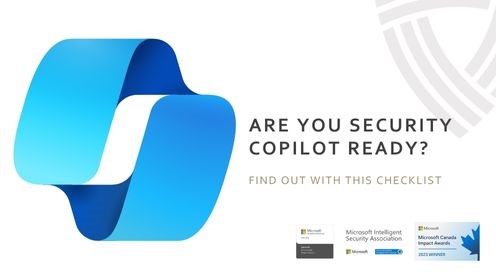
Every day, we hear news about new security breaches of personal information, credit card information, and sensitive data that was stolen or disclosed because it wasn’t encrypted in transit or at rest. In today’s multi-device working environment it is imperative to transfer and share sensitive assets from sender to receiver with end-to-end encryption.
You need a way to keep this data protected, but still usable. End-to-end encryption is the way to accomplish this. But how can you ensure your data remains safe? How do you keep your information assets usable without being stolen? Here’s how end-to-end encryption works and how you can keep your information assets protected.
End-to-end encryption ensures data remains safe.
How does End-to-End Encryption work?
With end-to-end encryption, sensitive information assets are converted into a cipher or code until they’ve reached the authorized user. This is made possible by complex mathematical algorithms like DES, AES, RSA, El Gamal, and hashing used in modern encryption systems, and data encryption renders. End-to-end encryption renders stealing the message useless since the copied message will be indecipherable by cyber criminals.
An encryption algorithm by itself cannot make encryption work. But it can be used to develop secure applications that embody this algorithm and deploy encryption protection automatically.
The two most common ways of building end-to-end encryption are by either using a single secret key encryption process (symmetric encryption) or using a key pair encryption (public key encryption) process.
Keys in the Information Kingdom
Public key encryption operates through an encryption/decryption key system, which works using key pairs: a public and a private key. When information needs to be sent, it’s encrypted on the sender’s end with a public key. The public key is mathematically paired to the private key and can be given out to anyone who wants to encrypt a message.
When the public key is used for encryption, only the associated private key can be used for decryption. The private key needs to be protected and kept confidential.
When the information encrypted with the public key is sent to where it needs to go, the private key gets to work. It decrypts the information at the destination that was originally encrypted by using its public key.
Think of it as a locked dropbox. Only you have the key to open the box—ensuring anything left inside is safe until you choose to open the box with your private key. But anyone can leave a package in the box by dropping it through the open slot, provided you’ve told them where the box is (the “where is the public key you use to drop it through the open slot).
Some examples of end-to-end encryption applications are message and code signing, an SSL/TLS web server, and an SSH remote login service.
Encryption Key management
Without private key applications, we would not be able to decrypt data, use certificates for code signing, or securely communicate with an SSL/TLS web server. Hence, protecting private keys is vital for end-to-end encryption.
Some companies take this to heart and ensure the private key is only accessible through a secure service and device that remains isolated from the common network. There are several best practices used to securely store and manage private keys.
Encryption Key Best Practices
One of the best ways is the use of hardware storage devices such as USB tokens, smart cards and Hardware Security Modules (HSM). Having private keys securely stored in a hardware storage device with restricted access means that attackers must first gain physical access to the storage device itself, which is relatively difficult.
Sometimes, it is too expensive or impractical to use a hardware storage device for some applications. In this case, another more common method is to generate and store the private key on the local filesystem. However, generating and storing the key in this manner adds additional points of vulnerability that may lead to a higher risk of system compromise.
Whether it is stored in a hardware storage device or locally on the filesystem only authorized and trusted staff should have access to the private key.
The right tools, professional support, and robust processes can help you manage your end-to-end encryption systems. If your technical specialists do not have the necessary training and experience, consider hiring an encryption expert to assist with implementing cryptographic services in a trustworthy manner; the added peace of mind is worth it.
Take your endpoint security to the next level with Difenda’s Endpoint Detection and Response.
Learn how an integrated endpoint security solution combines real-time continuous monitoring and collection of endpoint data with rules-based automated response and analysis capabilities.




